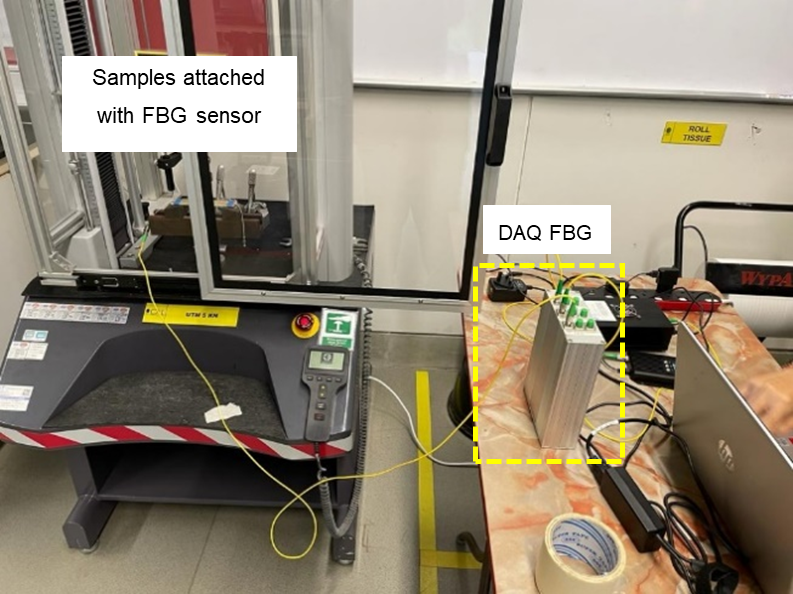Strain Measurement for Composite Materials During Mechanical Testing Based on Fiber Bragg Grating Monitoring
DOI:
https://doi.org/10.37934/aram.121.1.211221Keywords:
Composite repair, damage mechanism, FBG, mechanical testAbstract
Composite materials are widely used as repair materials in the oil and gas sector, particularly for vessels, piping, and pipelines. Inspection and monitoring of these composite repairs is a critical aspect of ensuring their integrity and long-term performance. The reason being that failure of composite repairs may lead to loss of production and incur additional costs for re-repair or equipment replacement. Conventionally, a visual inspection is generally performed to observe any irregularities on the external surface of the composite repairs. This will usually be followed by a series of Non-destructive Tests (NDT) to identify the extent of the damage. However, these NDT methods, merely allowing off-line testing in a local manner with complicated and heavy equipment, require extensive and time-consuming labour. Structural Health Monitoring (SHM) based on Fibre Bragg Grating (FBG) that utilizes strain-based signals is one of the best options for monitoring the damage mechanism in composite due to its unique advantages of light weight, high stability and reliability, a long-life cycle, and the ability to capture the online reading. In this paper, the application of the FBG monitoring approach was used to examine the strain characteristics of composite materials based on mechanical tests (tensile and flexural). Three types of samples were prepared to simulate the type of damage mechanism: healthy, delamination, and disbondment. Based on the results, it was shown that the FBG sensor has potential for detecting and distinguishing the types of failure mechanisms in composites, including cracks, delamination, and disbondment. Hence, it was suggested that the FBG sensor technology could be used for site deployment in industry.
Downloads


























